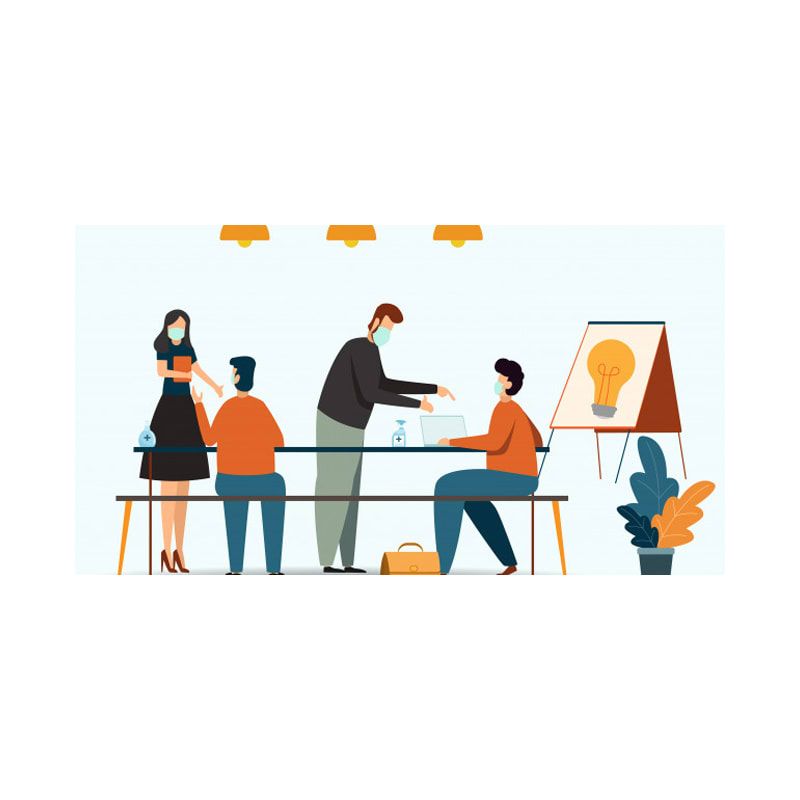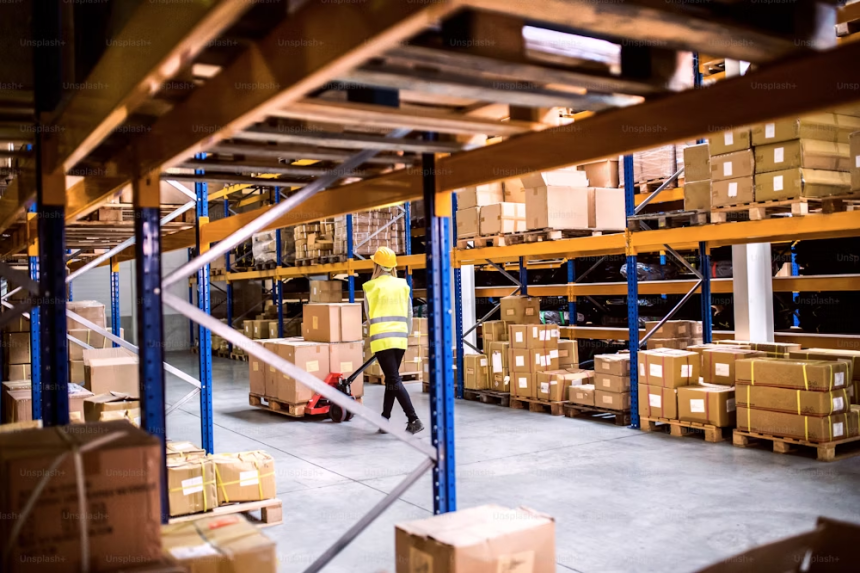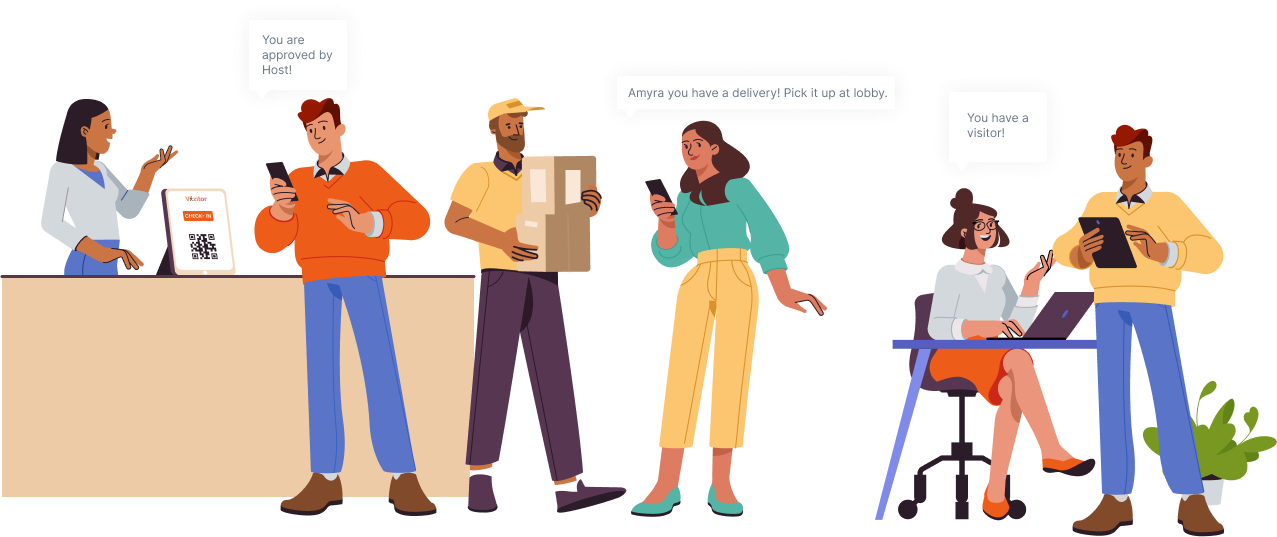Table of Content
Try Vizitor for Free!

Mon, Sep 6, 2021
Read in 3 minutes
As we step into 2025, the world continues to evolve at an unprecedented pace. The workforce and workplace have undergone remarkable transformations, embracing hybrid and fully remote models, adapting swiftly to shifting customer needs, and navigating the challenges of a dynamic global environment. Organizations now face the demands of balancing innovation with resilience as they prepare for what’s next in the ever-changing landscape.
This year, workplace trends are shaped not only by the lasting impacts of previous disruptions but also by a renewed focus on employee well-being, flexibility, and productivity. Drawing from key conversations and insights from experts, we have identified emerging trends and strategies to help organizations thrive in this new era of work.
These are work trends that must be seen in 2025.
1: The Office’s changing purpose
The Office’s changing aim. It’s not just a matter of getting your paperwork done. The office is about a whole new socialization experience. Workers are not simply drawn by an office or flex space to go to a desk and do paperwork. You can at home. You can. Instead, the new purpose of the office is to create social experiences – in order to ensure that colleagues can interact, interact and work together.

2: Embracing Digital Solutions for Security and Efficiency
The right technology remains essential for workplaces across all sectors to ensure safety, health, and data protection. The digital transformation of workplaces has accelerated since the pandemic, but technology must also simplify processes and enhance experiences for employees. Breaking down outdated silos and adopting user-friendly digital solutions is key. From improving workplace safety to streamlining operations, digital technology continues to be a cornerstone of secure and efficient work environments.
3: The Rise of Touchless Technology
The adoption of touchless technologies has become a prominent trend in the post-pandemic workplace. As organizations transition back to offices and embrace flexible workspaces, these technologies are reshaping the way we interact with our environments. Innovations like QR code-based access and touchless visitor management systems are now commonplace, enhancing safety and efficiency. By leveraging these tools, workplaces can ensure a secure, seamless, and hygienic experience for employees and visitors alike.
4. Design trends in workplaces
Since we are influenced by pandemic-era trends in the conception of workspaces, let’s not be quick to set up plastic screens without thinking in the long term about how this affects our workspaces overall. Layouts that are sustainable and not reactive. Without thinking long-term, we cannot just build a bunch of plastic shields to prevent the spread of the virus. To ensure a sustainable design, new materials and systems must be in place.

5: Industrial and roles cohesion and collaboration
We will need to work together to share knowledge and insights across industries and roles to ensure that we move forward in this new world of work. Firstly, in order to ensure their people’s health and safety, HR needs to work more closely across departments, including facilities management and security. With safety at work a high priority and remote work expands, increased connections between industries and business departments are newly needed.
6: Enhanced Personalization and Workplace Flexibility
In line with the agile work environments we’ve highlighted, offering employees more choices and flexibility is now essential. Personalized workplace experiences, tailored to individual needs and preferences, will play a pivotal role in attracting and retaining talent. Creating a workplace that supports such flexibility ensures employees have a compelling reason to return, whether physically or virtually, fostering a culture of trust, inclusivity, and productivity.
7: Embracing the Momentum
With the positive strides made over the past years, we approach 2025 with renewed optimism and determination. “Armed with this momentum, we are ready to tackle the challenges and opportunities ahead with confidence and resilience.” This year holds the promise of transformative growth and meaningful progress for organizations and their people.











